The 10 Coolest HCI Systems Of 2019 (So Far)
Here are the 10 coolest hyper-converged infrastructure systems in 2019.

The Coolest Platforms In The Hottest Market
The red hot hyper-converged infrastructure market is on pace to easily surpass $7 billion in annual sales this year. Businesses are shifting away from siloed storage, server and networking solutions in favor of hyper-converged systems which is shaping the modern data center and technology refreshes.
Hyper-converged infrastructure (HCI) sales in the first quarter of 2019 soared to over $1.8 billion, up 47 percent year over year. The majority of global market share is owned by only a handful of vendors although HCI innovation and competition is heating up this year as hyper-convergence hits the mainstream.
Here are the ten coolest hyper-converged systems that are dominating the market in 2019.
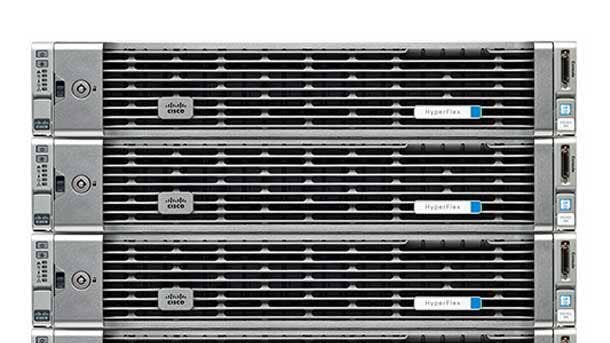
Cisco HyperFlex
The San Jose, Calif.-based networking giant jumped into the hyper-converged market in 2016 with its breakthrough HyperFlex offering. Cisco is now the fourth largest HCI market leader in a few short years with 4.5 percent share as of first quarter 2019, according to IDC. Cisco’s flagship solution combines its software HX Data Platform with its UCS server portfolio along with integrated fabric networking. HyperFlex is a fully integrated appliance that supports VMware vSphere and Microsoft Hyper-V hypervisors, while users can scale compute and storage independently of one another.
Cisco rolled out several updates to HyperFlex this year including AppDynamics for monitoring across multiple clouds. The solution can be bundled with CloudCenter, Cisco’s hybrid cloud management platform. Cisco HyperFlex Anywhere strategy extends the simplicity of hyperconvergence from core to edge and multi-cloud through integration with Cisco’s Intersight software-as-a-service management platform.
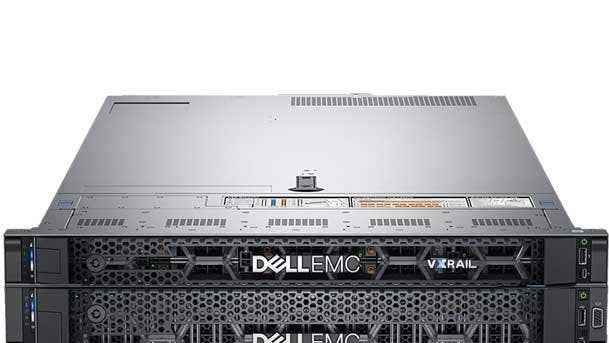
Dell Technologies’ VxRail
Dell Technologies’ market-leading HCI offering, VxRail, is the reason why the Round Rock, Texas-based company is dominating the hyper-converged industry worldwide. Dell captured a whopping 32.3 percent of the global market share in the first-quarter 2019, up from 28.8 percent share year over year. Powered by VMware vSAN, VxRail is a tightly integrated platform co-engineered with VMware that includes Dell Technologies’ market-leading servers, storage and software management solutions.
VMware Manager comes preinstalled with a dashboard for automating VxRail deployment and configuration. Dell has lowered the entry point and price point for HCI to allow midsize clients to start with a two-node VxRail cluster. The company has broadened its choices for HCI appliances and has simplified life-cycle management through VxRail Manager Automation enhancements. VxRail, alongside VMware Cloud Foundation, are the critical pieces to the company’s bullish Dell Technologies Cloud.
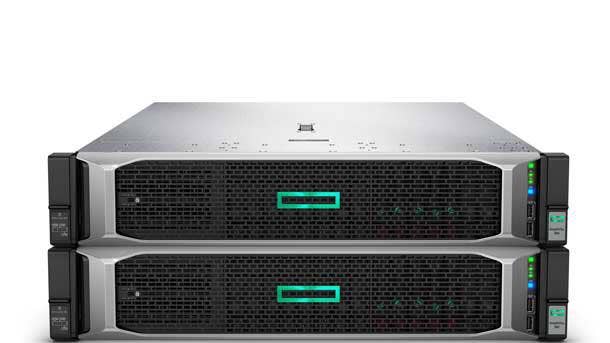
HPE SimpliVity
Hewlett Packard Enterprises flagship HCI offering, HPE SimpliVity, has robust storage efficiency and data reduction services with always-on global deduplication and compression. The platform leverages HPE servers, the company’s OmniStack software, third-party server virtualization software and hypervisors, as well as an intelligent network fabric stemming from its acquisition of Plexxi. HPE SimpliVity is receiving a shot in the arm with new integration of HPE InfoSight, an artificial intelligence operations platform, giving HPE SimpliVity the ability to predict and prevent infrastructure problems.
The San Jose, Calif.-based infrastructure giant ranks third in global HCI market share at 4.6 percent share as of first-quarter 2019. HPE’s hyper-converged sales reached nearly $84 million in the first quarter, up 37 percent year over year. The company has been creating new hyper-converged partnerships this year with the likes of Ctera Networks and Nutanix in a move to boost its market share.
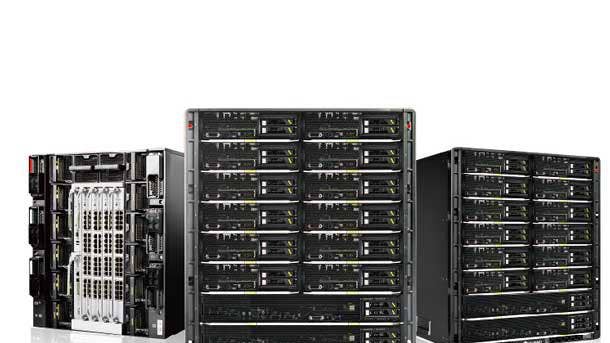
Huawei FusionCube For Cloud
FusionCube for Cloud is Huawei’s hyper-converged platform that includes the company’s own KVM-based and Xen-based FusionSphere hypervisors. The platform converges compute and storage, complies with open standards, as well as pre-integrates distributed storage engines and cloud management software. The built-in storage engines virtualize all local resources into a storage resource pool, with advanced features including thin provisioning and linked clone. Data is striped and stored across all of the built-in hard drives of SSDs to improve storage performance and utilization.
FusionCube for Cloud system management software supports automatic hardware discovery and configuration. Applicable to virtual desktop infrastructure (VDI) use cases, the platform simplifies deployment and management, seeking to reduce total cost of ownership. Huawei’s FusionCube Center implements unified management of computing, storage and networking while providing unified monitoring and maintenance for hardware resources.
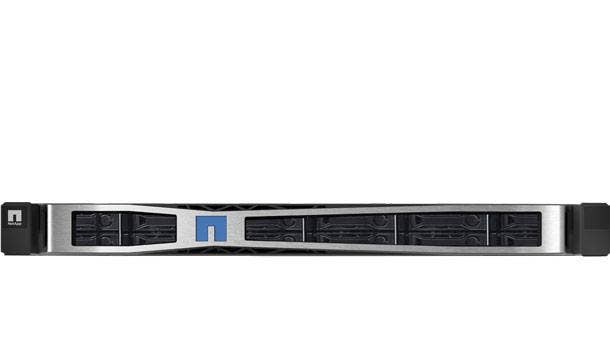
NetApp HCI
NetApp HCI sales are soaring as the platform is winning more multimillion-dollar deals this year. The enterprise-centric platform is based on SolidFire and its Element software, which allows for workload protection for applications. NetApp HCI lets users consume public cloud services on-premises while also offering the flexibility of scaling compute or storage nodes independently, which allows customers to decouple compute and storage capacity.
The platform includes NetApp’s Data Fabric unified suite of data services that provides consistent data services across on-premises, private cloud and public cloud platforms. The company has created a slew of strategic partnerships around HCI including with Amazon, Google, Veeam and VMware.
NetApp recently launched a service which automates the deployment of Kubernetes within a its HCI platform. NetApp’s Kubernetes Service on HCI not only automates the deployment of Kubernetes but includes an application orchestration tool and access to the company’s application marketplace.
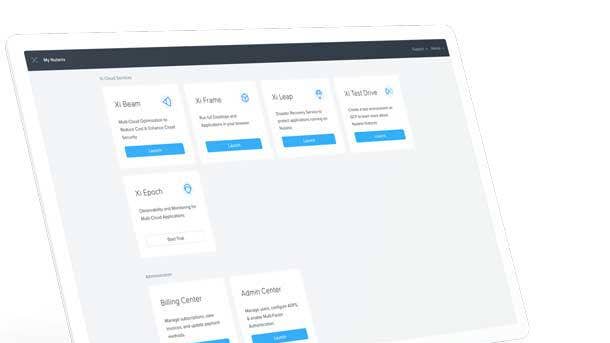
Nutanix Enterprise Cloud Platform
The San Jose, Calif.-based hyper-converged pioneer went on an innovation tear at its Nutanix .NEXT conference this year, launching significant enhancements to its product portfolio. Nutanix ranks second in worldwide HCI market share with 14 percent share in the first quarter of 2019. The company consistently upgrades its flagship Enterprise Cloud Platform with new products like Calm for application orchestration, Files for unstructured data and Xi Beam for multi-cloud governance and cost control.
The Enterprise Cloud Platform uses native AHV Virtualization with Nutanix’s software-defined storage, compute, data security, software-defined networking and management software. Nutanix’s AHV hypervisor is a low-cost alternative to the competition with an easy migration path. The company offers a robust management and self-service management interface with its Prism product while also supporting hybrid cloud via Xi Leap for Disaster Recovery-as-a-Service.
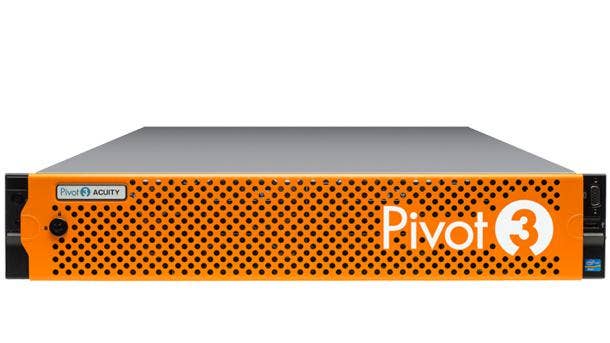
Pivot3 Acuity Datacenter
Pivot3’s Acuity Datacenter is architected for HCI scale and simplicity with policy-based intelligence to support multiple application workloads on a single platform. The Acuity platform features data protection, data security and NVMe flash caching that can run multiple and mixed workloads. The company’s intelligent hybrid cloud and Cloud Edition for AWS provide multiple options to leverage AWS for storage replication and backup. Pivot3’s Intelligence Engine prioritizes resources to the mission-critical workloads.
The Austin, Texas-based company has been investing in innovation and hiring top talent. This year, Pivot3 hired two new top sales executives this year from Dell Technologies in Rance Poehler and Dan Flood to drive Pivot3 HCI revenue. Additionally, the company has introduced Acuity X3 Edge/Micro-Datacenter for remote office, branch office and edge environments.
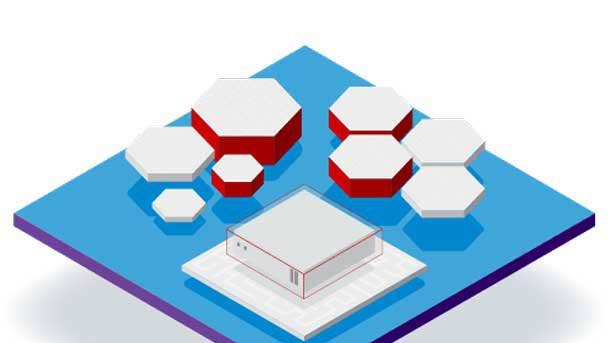
Red Hat Hyperconverged Infrastructure
Red Hat’s Hyperconverged Infrastructure is based on the company’s leading OpenStack and virtualization platforms, providing software-defined compute and storage driven by Red Hat Ansible Automation on industry-standard hardware. Red Hat offers a single support software stack and a single interface to manage compute, networking and storage resources. Customers can leverage Red Hat’s extensive OS, vitalization, storage and cloud management toolset to manage HCI.
Raleigh, N.C.-based Red Hat released its Hyperconverged Infrastructure for Virtualization platform in 2017 on top of its own KVM hypervisor and Gluster storage virtualization. The platform includes advanced data reduction capabilities, virtual graphics processing unit (vGPU) support and software-defined networking functionality. On July 9, Red Hat was acquired by IBM for an eye-popping $34 billion in a move to create a market leader in hybrid cloud computing.
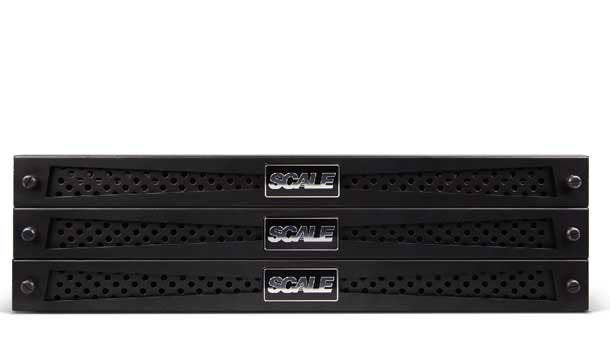
Scale Computing HC3
Scale Computing’s flagship Hyperconverged Compute Cluster, HC3, leverages its own KVM-based hypervisor together with its management, compute, storage pooling and network virtualization capabilities. Scale Computing’s hybrid cloud integration connects on-premises and cloud infrastructure and data via its HC3 Cloud Unity offering.
This year, Scale Computing launched its new HE500 family of hyper-converged appliances for HC3, looking to take cost-efficient edge HCI to the next level with a starting price of $16,000. Designed for easy to deploy and affordable hyper-converged infrastructure at the edge, the series of appliances provide enterprise-class features to remote locations and boost edge computing capabilities with disaster recovery. Revenue for Indianapolis, Ind. -based Scale Computing, who made CRN’s 2019 Software-Defined Data Center 50 list, has increased in the high double-digit rate in the first six months of 2019 year over year.

StarWind HCA
The StarWind Hyper-Converged Appliance (HCA) ensures constant uptime thanks to synchronous failover clustering between on-premises and public cloud. The company offers HCA support that continuously monitors cluster, predicts failures and proactively reacts, as well as features such as real-time analytics for system monitoring. StarWind HCA is built with Dell or StarWind-branded servers, along with third-party hypervisors, network virtualization and its own management software that is pre-configuration and pre-integrated.
The Middleton, Mass-based HCI and virtual SAN specialist targets SMBs and remote office/branch office environments. StarWind offers a flexible pay-as-you-go Equipment Financing plan for its hyper-converged solutions. Flexible storage configurations with a multiprotocol software-defined storage stack and multi-hypervisor support enable StarWind customers to integrate with existing infrastructures or other HCI solutions.